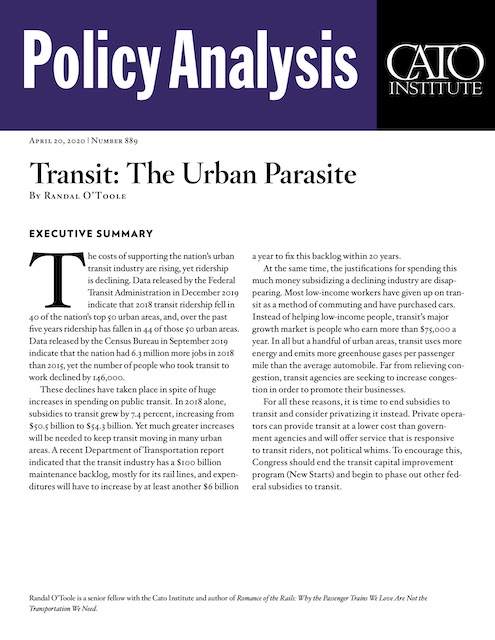Evidence is mounting that urban transit has been one of the main spreaders of COVID-19. New York governor Andrew Cuomo says the virus can survive for days on transit seats and metal surfaces. The head of New York’s Metropolitan Transit Authority was infected by the virus and the head of New Jersey Transit actually died from it.
In the face of this evidence, anti-auto advocates have given up on their efforts to get people out of their cars and onto transit. As a Huffington Post headline reads, “The Coronavirus Pandemic Is Forcing Cities To Rethink Public Transportation.”
Just kidding. In fact, despite the headline, the story goes on to tell how anti-auto politicians are using the pandemic to somehow argue that more people should be discouraged from driving. Continue reading








